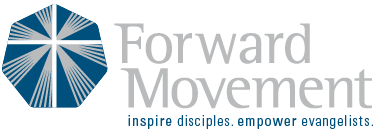The Way of Love, Week 4: Pray
Adult and Small Child
Hannah Graham
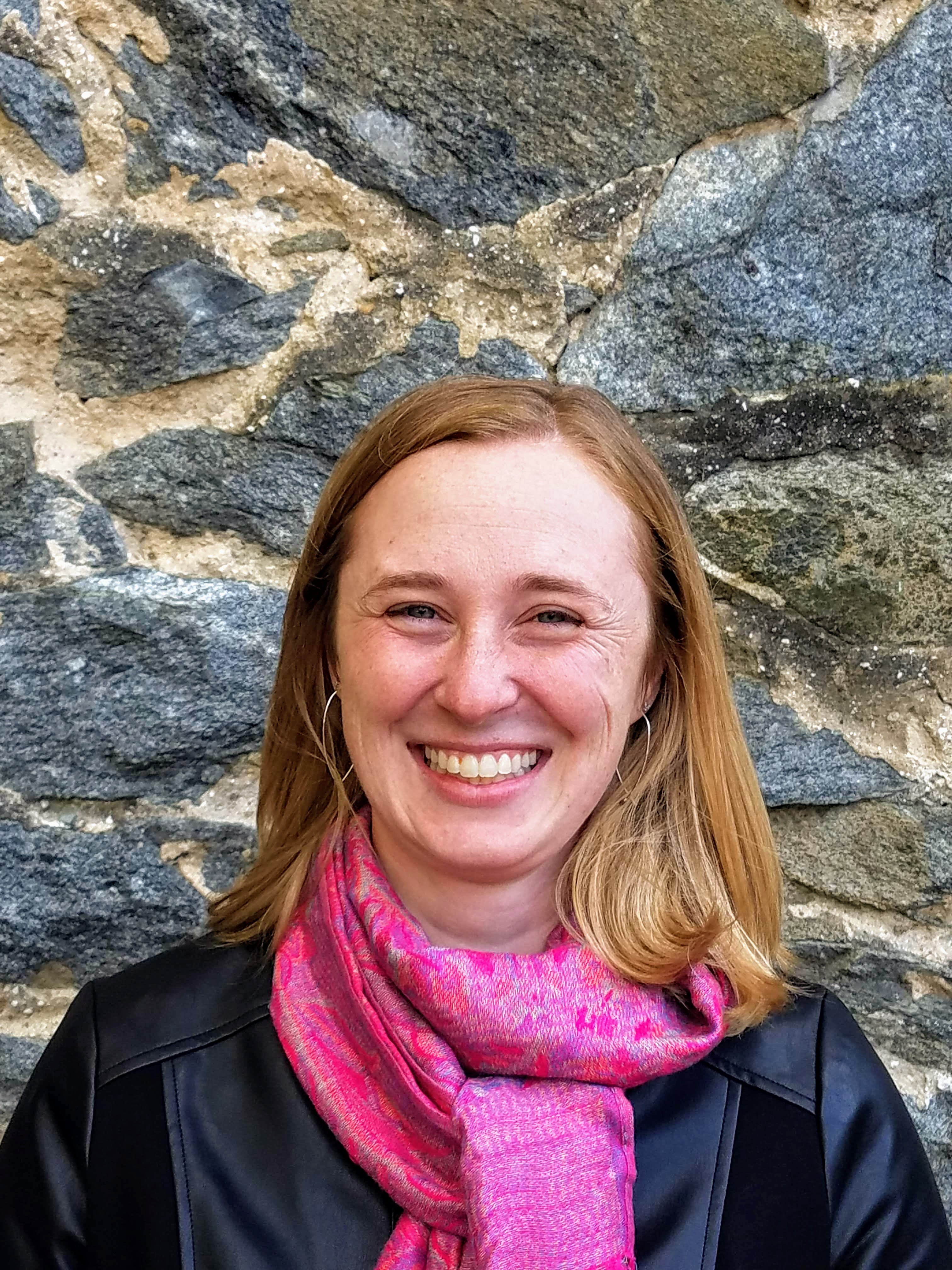
For nearly 15 years, Hannah has served Episcopal parish communities in in a variety of Christian Formation roles. As a gifted Godly Play storyteller and youth mentor, Hannah utilizes her knowledge of child and adolescent faith development not only in the classroom, but also in executing big picture planning to enhance the shaping of Christian community. Hannah has led the Education for Ministry Program as a trained mentor for 4 years, and regularly contributes to Diocesan events, camps, retreats, and committee work. She is recognized for her innovated use of social media to integrate liturgical seasons, parish programs, music, faith at home activities and outreach. In addition to the spiritual formation of St. Andrew's Episcopal Church in Glenwood, Hannah devotes herself to growing in faith as a beloved child of God, wife and mother of three boys, ages 10 months-5 years old.
Read: Luke 11:1-4
Reflect: Prayer is conversation with God with or without talking. Prayer can look like different things to different people. It’s about how you talk and listen to God. This can happen in church, before dinner or before bed. It can happen when you are scared or lonely or really happy. You can think about all of the things you are thankful for (your house, your family, your dog, your toys) then think about who you want to hold close to God (someone who is sick or hurt or alone). The most important thing is not when or how you talk to God, but that you do it. God is the best listener.
Respond: Try one of these prayer practices this week.
- The five finger prayer: This helps guide children while they pray.
- Thumb- Pray for those who are closest to you: your family.
- Pointer- Pray for those who point you in the right direction.
- Middle finger- Pray for those who lead you and keep you safe.
- Ring finger- Pray for those who are in trouble, pain or distress.
- Pinkie finger- Pray for ourselves and our own needs.
- Go on a prayer walk as a family: Walk through God’s creation and pay attention. Listen to the animals rustle in the trees, the wind as it blows, and the laughter of your family. Soak in the blessing of uninterrupted time together.
- Hannah Graham
Adult and Elementary
Erin Wolf
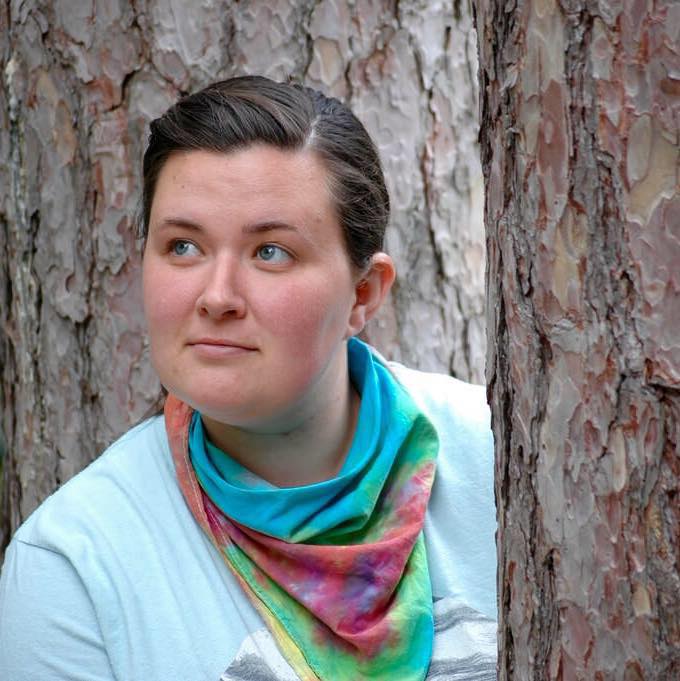
Erin Wolf is a Youth Minister hailing from Little Chute, WI where she lives with her four kids. She serves both All Saints Episcopal in Appleton and the Episcopal Diocese of Fond du Lac.
Her focuses include children & youth, camp & retreats, music, service work, interactive prayer for all ages, and more. You can connect with her via email at [email protected].
Read: Matthew 6:9-13; Luke 11:1-4
Reflect: We talk a lot about prayer in church, but sometimes, it’s confusing to know where to begin. In the Episcopal Church, we use the Book of Common Prayer, which is filled with prayers for all seasons throughout the year. It also has prayers for a lot of different things in our daily lives, for special occasions, for when we’re sad, and for when we’re happy. There are prayers for a lot of different people in the work they do, and there are prayers that actually help connect us with other Christians all around the world! There are lots of ways to pray, both that we find within the Book of Common Prayer and in other things we do. But when Jesus’ disciples asked Him how they should pray, He gave them a simple prayer that we know today as “The Lord’s Prayer”. When we read it in the Bible, it looks a little different than what we read in the prayer book. And that’s okay! The rest of the prayer we know today was added on a long time ago as an act of praise to God and a reminder for us to turn back to God when praying.
Respond: This week, try saying the Lord’s Prayer every day when you wake up and again before you go to bed. What does this prayer mean to you? How does it make you feel when you say it every day? If you had to teach someone this prayer through pictures and by saying the prayer with them, what pictures would you draw? If you had to teach someone this prayer through movement and dance, what would that look like? Draw a picture or create body movements that help you pray the Lord’s Prayer in a new way, and go teach a friend or family member your new way of praying!
- Erin Wolf
What are some prayer practices that you will try this week?
Adult and Youth
Meredith Rogers
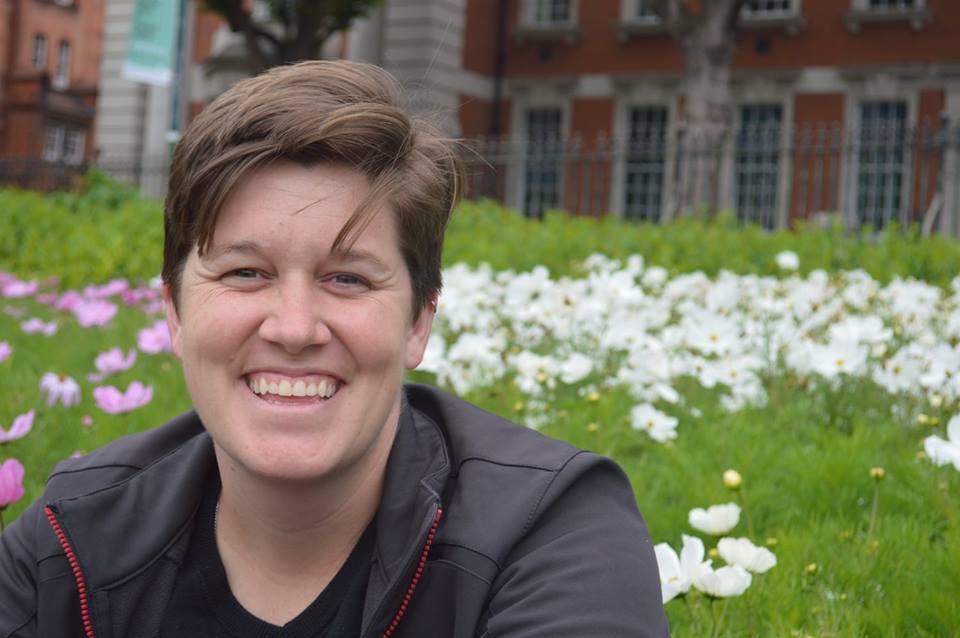
Meredith serves as the Director of Youth Ministries at St. Mark’s Episcopal Church in San Antonio, Texas. She is a strong advocate of mental health in ministry and the benefits youth can gain from a summer camping or retreat program. While she feels incredibly underqualified to be a writer on behalf of Forma & Faith @ Home, Meredith trusts that her voice might be one that you need to hear and knows your voice is one that the world needs to hear.
Read: 1 Samuel 3:1-10
Reflect: I worked at a summer camp through college, and after my first summer there I went back to school for the fall semester and was struggling. I went to my priest at Canterbury and asked why it was so easy to believe and grow in my faith at summer camp, but such a struggle to do so in school. She asked, “How many times a day do you pray while you are at camp?” I thought this through and answered, “well, at every meal, morning prayer and compline each day, Eucharist twice a week, dedicated teaching time led by a priest each day, and devotions as a cabin to end the day.” She said to me, “the more you can intentionally carve out time to be in prayer, the more you will be able to spend time in thanksgiving, praying for others’ needs, praying for your own needs, and praising God.”
One of the things I really love about this passage from 1 Samuel is that when Samuel is called, he goes looking elsewhere. And the next time the LORD calls, the LORD has come to Samuel and stood with him. So how are we carving out space to allow God to speak in our lives? And will you be listening?
Respond: Prayer can look a lot of different ways. Some of my favorite ways to pray include listening to music, reading poetry, and creating art. But there are also simple practices that can be used. For example, to remind myself that God’s divine breath is in me, I will meditate using the breathing prayer pictured below. What ways of praying help you feel most connected to God? Prayer is not one size fits all, so only do what is life-giving to you. Spend time talking about your favorite ways to pray, and spend time this week asking others how they pray so you can try out some new prayer practices.
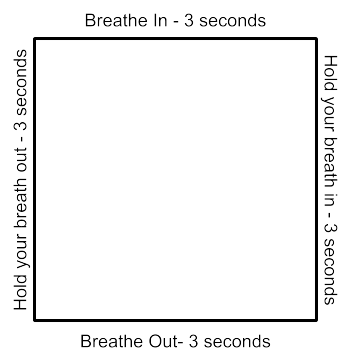
-Meredith Rogers
Adult and Adults
Miriam Willard McKenney
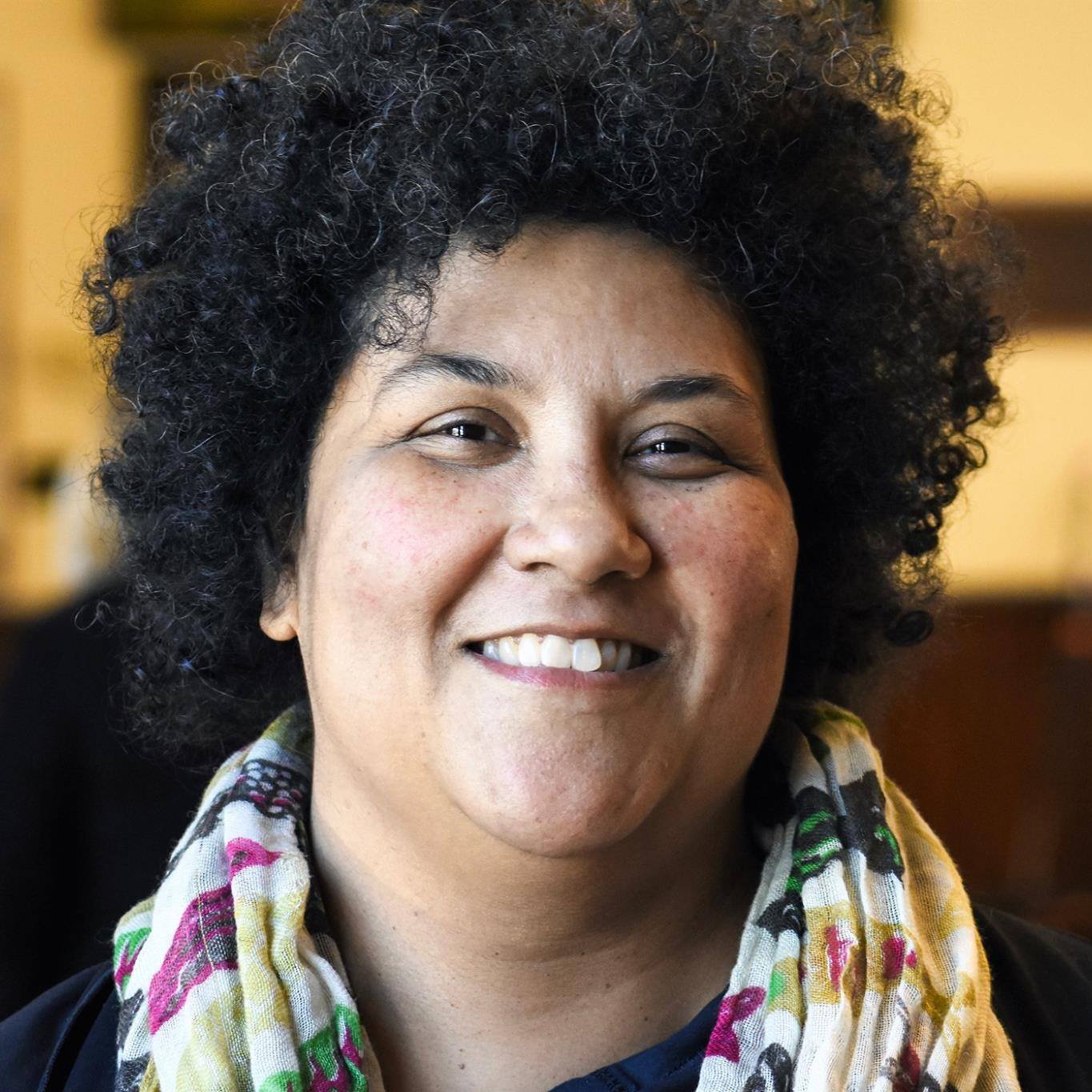
Miriam is a child of God who finds extreme joy parenting her three girls: Nia, 23; Kaia, 18; and Jaiya, 15. She and her husband, David, met at the Union of Black Episcopalians conference in 1981. Miriam works as Forward Movement’s Development Director, and also writes for their family blog, Grow Christians. She was a children’s librarian and school media specialist for 20 years before joining Forward Movement’s staff. She loves outdoor fitness in extreme temperatures, as there is no bad weather, just incorrect clothing choices. To connect with Miriam on Facebook, Instagram and Twitter. She blogs at www.50favbags.com and the Forward Movement family blog Grow Christians. She is on Facebook, Instagram, and Twitter.
Read: Matthew 26:36-46
Reflect: Jesus prayed a lot. Jesus prayed, and he taught us to pray. As followers of Jesus, we would do well to spend more time in prayer, and even more than that would be a good idea. But one concept that I struggle with is the idea that we read more than once in the Bible, and we hear this from Jesus: Ask, and it will be given unto you. It just doesn’t seem to be that easy. I’ve asked for things that I haven’t received. I’ve received things for which I didn’t ask. Maybe I’m not praying the right way, or perhaps I shouldn’t be praying for the things for which I’m praying. Maybe I’m doing prayer wrong.
Reading this scripture from Matthew leads me to believe that my prayers are just fine. Jesus was freaking out, and he prayed hard not to have to die on the cross. Jesus prayed for deliverance but knew that God’s will would be done. As he prayed, he completely relinquished his will for God’s will. Ultimately, Jesus prayed for God’s will to be done. And it was.
That’s the lesson that Jesus’ prayer teaches us – that no matter what our prayer request might be, at the end of it all we ask for God to do God’s will. Someone once asked me what the point of prayer is if God is going to do what God wants to do anyway. The way I understood prayer is that prayer is for us, not for God. Prayer opens us to God and helps us to connect with God’s plan and purpose for all of creation. Prayer connects us with our loved ones and with our enemies. Jesus tells us and shows us the importance of prayer at his darkest moments. Let Jesus’ anguished prayers comfort you with the knowledge that he loved us enough to let God answer his prayers.
Respond: Add a new way to pray this week. If you use the daily lectionary, try body prayer. If you like to walk and pray freely, try reading prayers from The Book of Common Prayer or a prayer book you own. If you don’t pray for your enemies, start this week. Other forms of prayer to try are Lectio Divina, the Jesus Prayer, praying with scripture, and praying with art. Try adding five extra minutes for prayer every day.
- Miriam McKenney
Download a printable copy of these devotions HERE.
Tags: The Way of Love / Latest Posts

